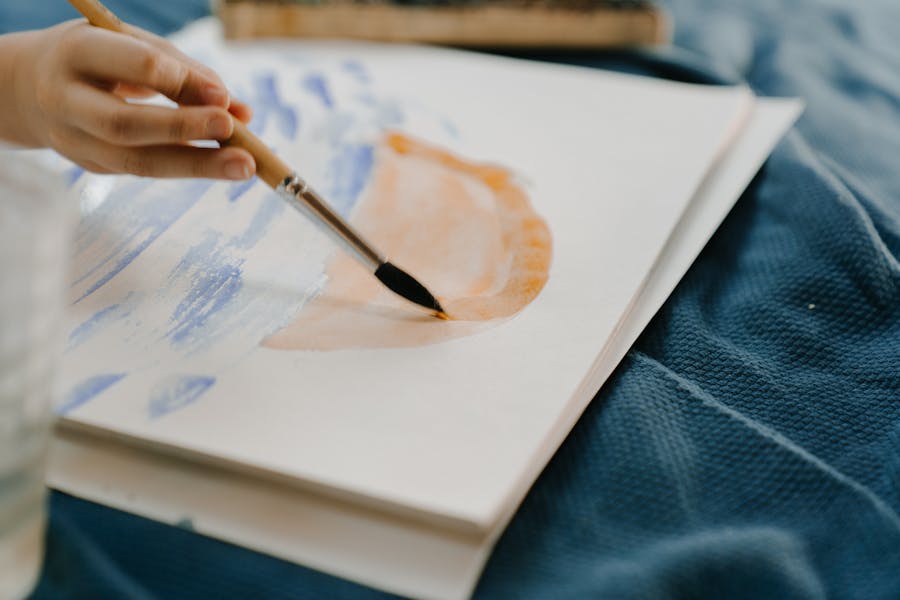Master in Creative Arts Therapy (MA)

Purpose
- Prepare art therapists in the cognitive (knowledge), psychomotor (skills), and affective (behavior) learning domains
- Students combine art therapy and counseling methods within multiple systems of care for engaging diverse individuals, groups, and families for collaborative goals
- Creative arts therapies can include visual art, dance and movement, and music therapies
Program Length
- Most creative arts therapy master’s programs take at least 2 years to complete
- Requires additional post-graduation hours of supervised clinical work
Licensure
- Most states require at least 3,000-4,000 supervised clinical hours in no less than two years and no more than six years before licensure for a LPC
- Pass the state-specific licensure exam (e.g., National Clinical Mental Health Counselor Exam and the California LPCC Law and Ethics Exam)
- In many states, you also have to become a registered art therapist (ATR) by passing the Art Therapy Credentials Board Examination (ATCBE)
Program Specialization Examples
- There are many different types of creative art therapies, and programs will offer specializations, for example:
Work Settings
- Creative arts therapists work in community outreach programs, wellness centers, schools, nursing homes, art studios, and in independent practice
Graduate admissions requirements (in addition to general requirements)
- Most programs require foundational coursework and demonstratable skills and exploration in psychology and studio art coursework
- Specific coursework in these areas varies between programs, so it’s best to check each individual website
- Some programs require you to submit an art portfolio
- You should be knowledgeable in the creative arts therapy literature and have experience that demonstrates your desire to work with people
- Previous mental health-related volunteer experience that involves using art therapeutically is also recommended
Example Programs and Tuition Costs
George Washington University MA in Art Therapy